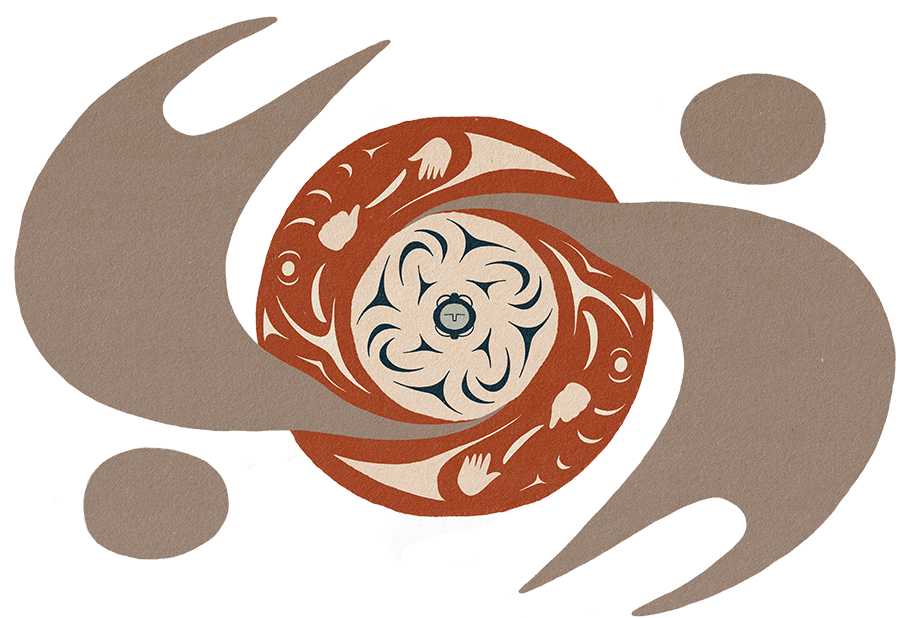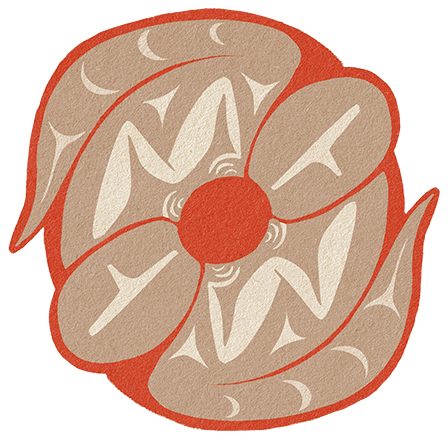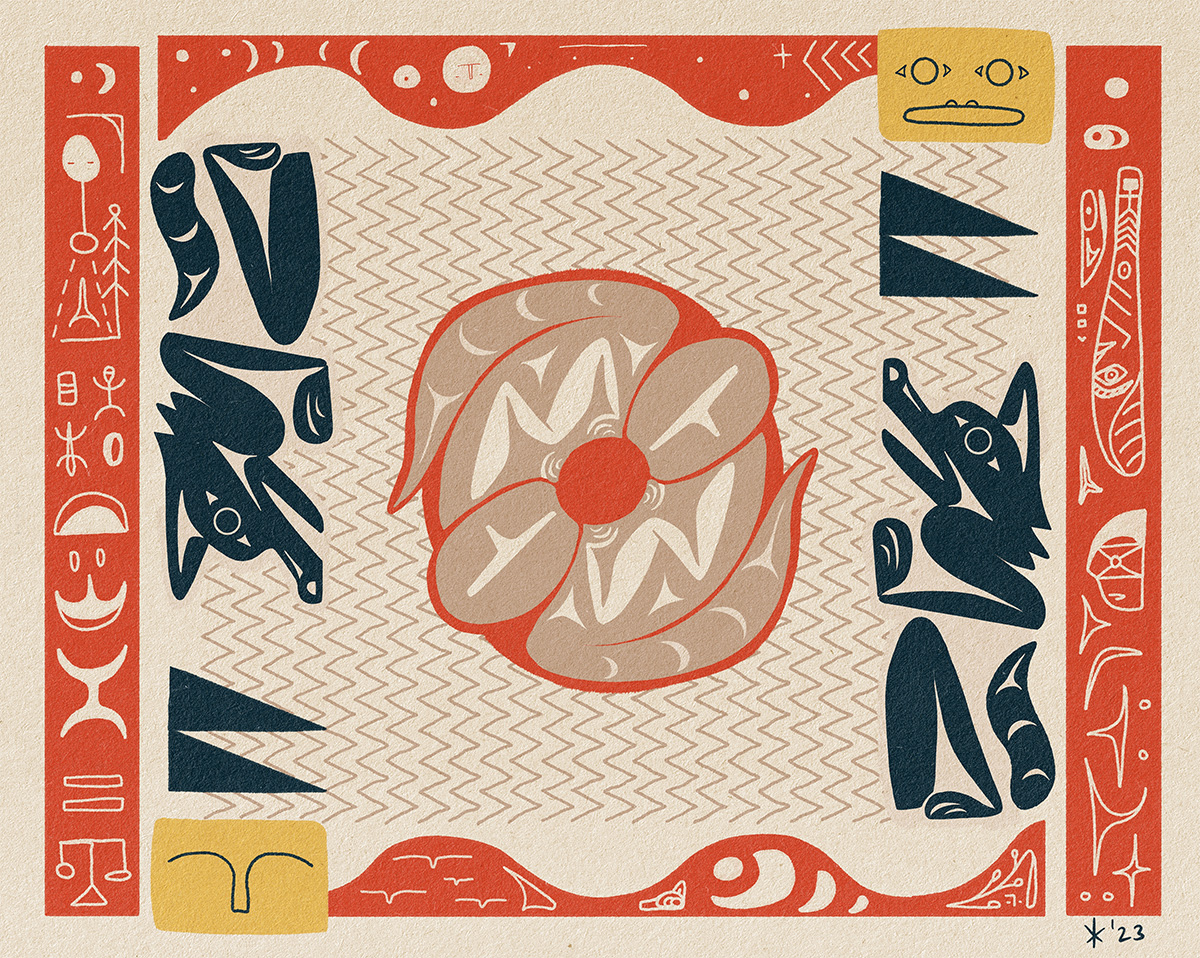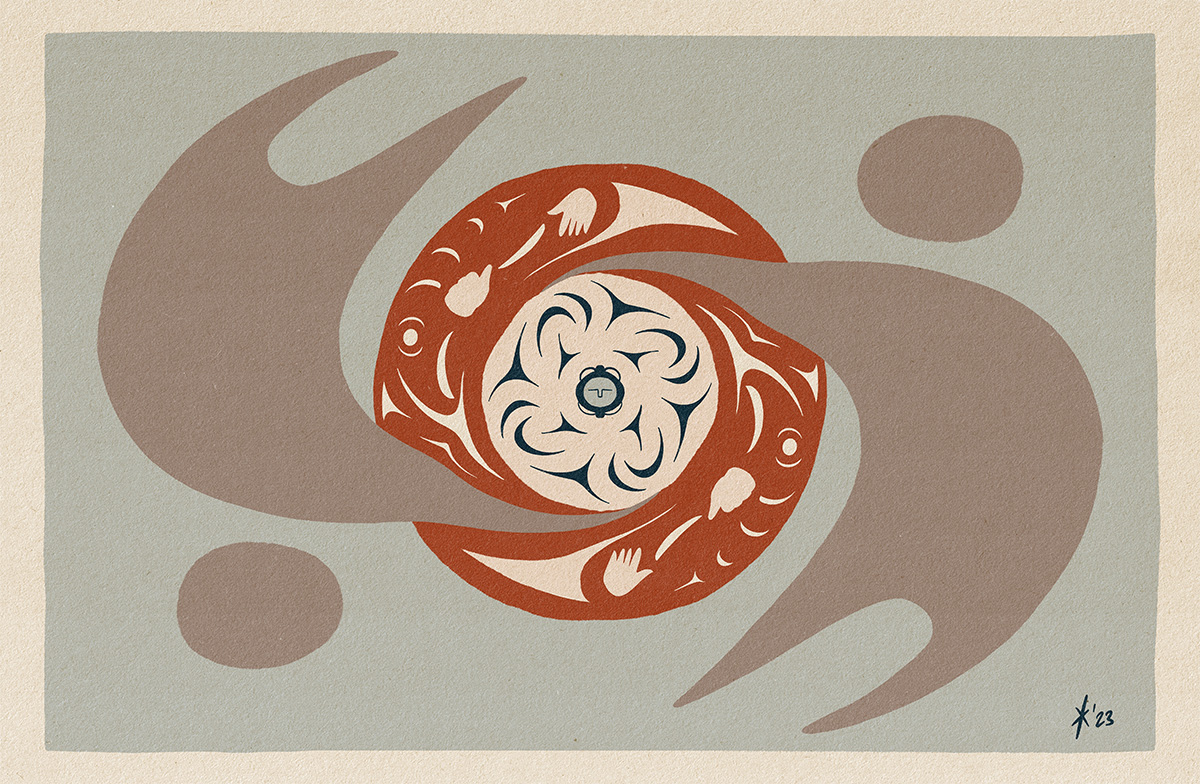

In 2019 the BC Legislature passed the Declaration on the Rights of Indigenous Peoples Act. This law requires all laws in BC to be brought into alignment with the United Nations Declaration on the Rights of Indigenous Peoples. The BCLI has launched this Reconciling Crown Legal Frameworks program to support the research and innovations required to implement this legislation.
Qeluc’ (To Spin) / Bodies of Knowledge, 2023
READ ABOUT THE STORY BEHIND THIS SPINDLEWHORL
Primers
The Declaration Act requires all laws in BC to be brought into alignment with the UN Declaration on the Rights of Indigenous Peoples.
Introduction

The BCLI established the Reconciling Crown Legal Frameworks Program (RCLF Program) to support the alignment of BC’s Crown legal framework with Indigenous laws. In November 2019, the BC government passed the Declaration on the Rights of Indigenous Peoples Act (Declaration Act), a globally significant legislative development which creates a path forward that respects the human rights of Indigenous peoples.
Implementation of the Declaration Act presents new legal issues and research opportunities. Innovative law reform and education will be required to enable the Crown legal system to align with Indigenous legal frameworks. The BCLI will explore approaches to support Declaration Act implementation, building on our deep understanding of Crown law and comparative legal frameworks. Our emphasis will be to develop ways that the Crown legal system needs to adjust to support implementation of the Declaration Act, while also ensuring that this work supports reconciliation and access to justice for Indigenous peoples in BC.
Weaving new approaches
The legal landscape in Canada will need to adapt to weave in different legal orders, different bodies of knowledge, and different ways of thinking about law. The work the BCLI is undertaking through this program is one strand in the creation of a new legal landscape. For the BCLI, the artwork of Eliot White-Hill reflects the potential for something new arising out of many strands woven together. We welcome hearing from you about this program and this work.
We encourage you to get in touch with Karen Campbell at [email protected] or Megan Vis-Dunbar at [email protected].

‘Qa’ToBeTogether / Interwoven Landscape, 2023
READ ABOUT THE STORY BEHIND THIS LANDSCAPE

Qeluc’ (To Spin) / Bodies of Knowledge, 2023
READ ABOUT THE STORY BEHIND THIS SPINDLEWHORL
Additional Resources
The resources listed below helped to inform the development of the primers.
Other Publications

















































